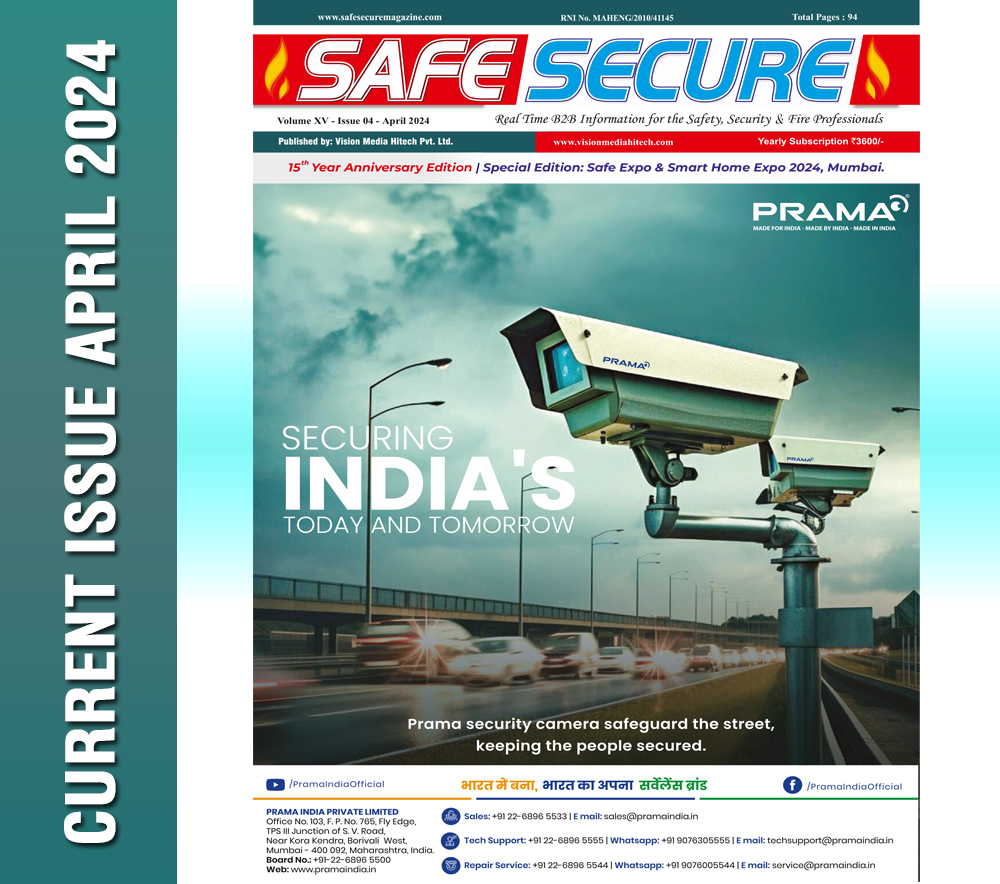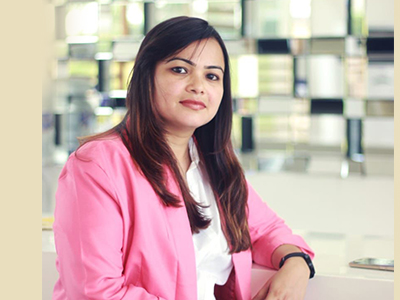VARIFOCAL LENS SECURITY CAMERA: WHAT IT IS AND HOW TO CHOOSE ONE

-by Arindam Bhadra
A varifocal lens is a motorized camera lens with the ability to adjust its focal length and its focus–to zoom in and out. This is a fixed lens camera, which has no ability to zoom. This has obvious applications in CCTV security cameras, since it allows the camera to achieve high-resolution, zoomed-in, auto focused images of faces, license plates, and other relevant data caught on security footage.
VARIFOCAL LENS VS. FIXED LENS
Varifocal lenses work so well in surveillance CCTV cameras because they can survey both a fairly large and a fairly small field of view–and thanks to their ability to autofocus, the distortion and blur that can occur in CCTV footage is minimized or eliminated.
A fixed lens is more limited since it’s essentially frozen in one lens position covering one field of view. Some fixed-lens cameras capture video with a high enough resolution that magnifying the footage after the fact still provides pretty good visual definition, but not all of them. Still, fixed-lens cameras are appropriate in certain CCTV applications where the field of view doesn’t need to be especially large or especially small–for example, mounted over a door or in an elevator.
VARIFOCAL SECURITY CAMERA ADVANTAGES
Varifocal lens cameras are appropriate for a wider range of locations than a fixed-lens.
They effectively monitor open outdoor areas like parking lots, parking garages, and courtyards, plus open indoor areas like warehouses and lobbies, but are also useful in hallways and public areas.
They are especially good in situations where shrinkage and theft are problems, since they can provide close-up HD video of the hands, pockets, bags, and faces of suspects.
A varifocal lens can be configured to automatically zoom in on things in response to movement, or it can be remotely done by a security system operator or monitor. This makes it an especially useful feature for cloud-based CCTV systems that prioritize remote monitoring.
There are also advanced varifocal lens cameras that can not only zoom in and out, but also swivel horizontally and vertically. This is ideal for a remote monitoring situation where multiple angles need to be covered, but there is only enough power, room, or budget for one camera.
HOW TO CHOOSE A VARIFOCAL LENS CAMERA
Which camera you choose will be based on the field of view that you need to cover, and how detailed you want your zoomed-in images to be. Varifocal lens cameras are more expensive than fixed lens, and there is price variation within the different types of varifocal lens.
VARIFOCAL LENS CAMERAS COME IN DIFFERENT APERTURE RANGES:
• 2.8-12mm lens
• 3.5-8mm lens
• 6-60mm lens
• 5-100mm lens
“Aperture” is a word that describes the size of the opening in the lens that light comes through. Higher numbers represent smaller openings, and lower numbers represent larger openings. It’s important to choose a varifocal lens with an aperture range that is suited for the setting you need it for, with the right balance between depth of field and detail.
With varifocal lenses, a higher number and smaller aperture is generally preferred for large-scale and outdoor settings, since this allows the greatest depth of field–meaning that very little in the shot is blurry and out of focus. This is the type of varifocal lens that has the most utility in parking lots, above entrances and exits, and in large indoor spaces such as warehouses or large office spaces where a wide scope is necessary.
However, lower numbers and larger apertures are capable of capturing more detail, even though they have a more limited depth of field and greater blurriness outside the area of focus. This is very useful in indoor settings such as offices, lobbies, and retail stores where it is important to catch close-up details of faces, registers, and computer screens, but not as important to have a wide field of view.
VARIFOCAL OPTICAL ZOOM VS. DIGITAL ZOOM
Even fixed lens cameras these days are usually equipped with a digital zoom. Is it still worth investing in a varifocal lens?
Yes it is! Digital zoom works by enlarging individual pixels, which basically creates blur. You’ve experienced this if you’ve ever tried to use your phone or computer to zoom in on a low-resolution picture. This is especially problematic in situations where you might be trying to read a license plate or get a good look at a person’s face.
Varifocal optical zoom, on the other hand, with its physically extending and retracting lens, actually records more pixels as it zooms in. This maintains the detail and definition of the image even when at maximum zoom.
WHEN TO USE A VARIFOCAL LENS CAMERA
These cameras are a great security solution in a number of settings but especially these:
• When there is no good place to mount a camera close to the area you need to survey. A varifocal lens can make up the difference in proximity by using a calibrated aperture and field of vision. This could be a long driveway, a large parking lot, or a distant entrance.
• When you need to clearly make out fine details. This could include cashier stations, ATMs, main doors, and parking lot ingress and egress.
(This "Expert Talk" Published in April 2024 Edition)












